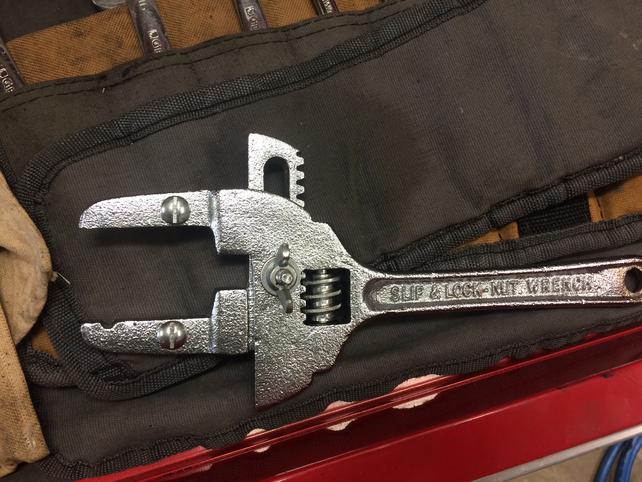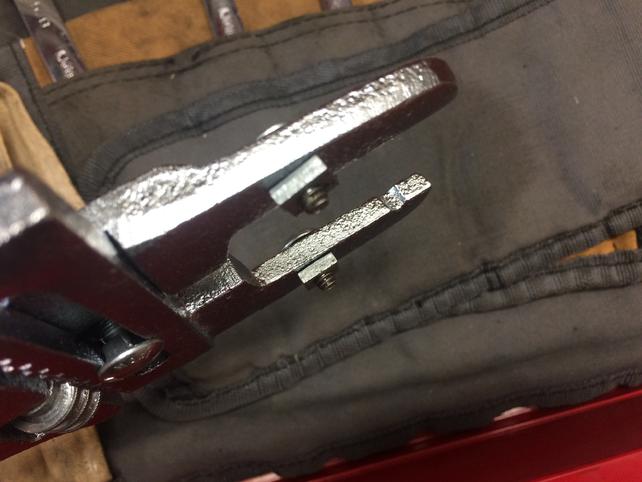OK, this is what I did to resolve it. I did a lot of reading and researching until my eyes were tired. I found these interesting posts on various sites.
https://www.freeasestudyguides.com/s...djustment.html
http://www.earlycj5.com/xf_cj5/index...ustment.53495/
https://www.elcaminocentral.com/thre...ing-box.27532/
https://www.gmtruckclub.com/threads/...rocedure.3698/
https://www.larescorp.com/toolbox/sk...ower-steering/
Based on all I read I think I better understand what is being adjusted by the 2 adjustments on the steering gearbox. Both affect the amount of free play or slop in the steering.
The primary adjustment is the thrust bearing preload, and that is the adjustment that would have been disturbed when I replaced the input shaft seals.
The adjustment with the Allen wrench and lock nut on the steering gearbox top is the over center preload, and that is the secondary adjustment. Over center preload is a fancy way of saying you are adjusting how closely the sector gear on the pitman arm shaft meshes with the worm gear that the input shaft controls, and particularly how close they mesh when you are passing over the center (driving straight). There is a little more resistance in the center of steering compared to off-center, that is because of this adjustment. You don't want it to be too tightly meshed when passing over center, because it will cause unnecessary wear and will cause the steering wheel to not return to center after a turn. I am thinking if you don't have a little bit of additional resistance at center, the return to center would overshoot or the steering would feel sloppy.
After reading the overhaul manual again, I had developed a feel for what some of the words mean. The main confusion for me is how there are multiple names for the same thing. For example, the input shaft, the worm gear shaft, steering shaft, stub shaft all mean the same thing. And in the case of the Chevy overhaul manual apparently there are circumstances where they also call the input shaft the lower shaft (paragraph 9b). To me that's just crazy. But I know they are referring to the input shaft because a 12 point 3/4 inch socket doesn't fit on the pitman arm shaft, and the input shaft is the one with multiple turns that you would have to count. The manual also says to measure stuff, but it doesn't say how those measurements are done. Some of those links I mention get into better detail about the procedures of doing the measurements.
I decided to do the adjustments per book, but then I don't have an inch lb torque wrench, and when I went to looking for one I could not find one that I thought would accurately measure in the range of .5 in lb to 14 in lb. In lb torque wrenches are typically in the range of 0-80 in lbs, and there is no way to see .5 to 2 in lbs with any amount of decent precision on one of those. The torque wrench would probably need to be a 0-20 range one, and those are big money and you can't just go up to the store and get one. It would have to be ordered.
I went back to Tx Firefighter method, and re-interpreted the instructions. "Screw the cartridge down until it bottoms snugly. Don't force it, its real obvious when it bottoms out. Then, make a mark of some kind as reference and loosen it half an inch (.5 inch)." I was previously too worried about his caution about "don't force it." Because the over center preload adjustment should affect the thrust bearing preload, most instructions (but not the Chevy instructions) tell you to back off the over center preload before doing the thrust bearing preload. Then re-do the over center preload. I decided I would simply take the steering off center when doing the thrust bearing preload. This time I tightened the cartridge down. Throw caution to the wind and just tighten the sucker. There was not very much movement it would do between making it what I call lightly snug, and putting what I thought was 20 ft lbs on it, which was mentioned in on the El Camino Central link I gave earlier. That site mentions tightening it and backing off 1/2 inch same as Tx Firefighter mentions. After backing off 1/2 inch from tight, I put a 12 pt socket on the input shaft and used a small breaker bar to move it. It moved smoothly, and in my judgement it moved with ease and probably only had a couple of inch lbs of resistance. I put the locking nut back on and took it for a test drive. The steering feels quite fantastic.
I made my own face pin spanner from a plumbing wrench I have but seldom use.

